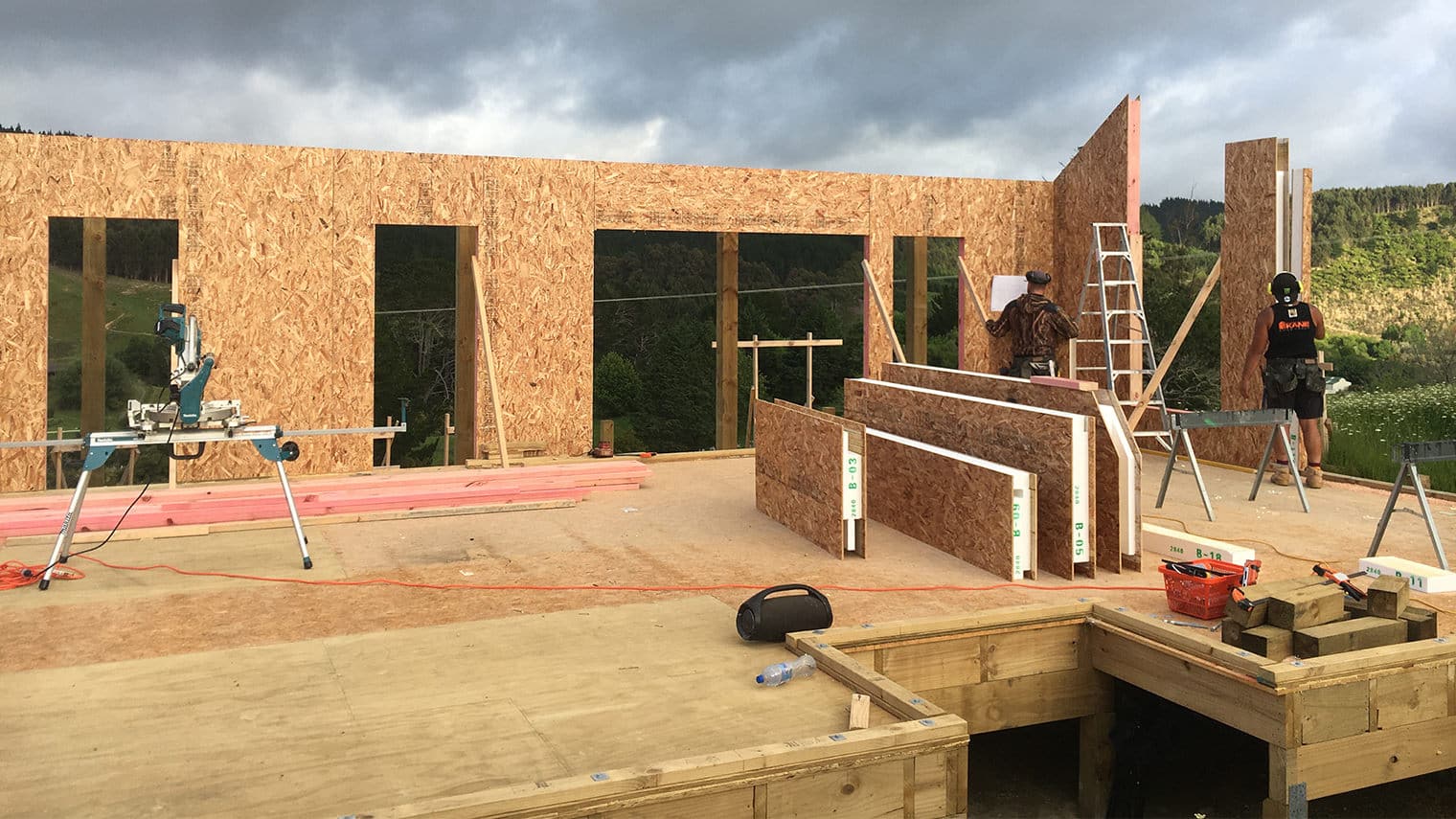Road to Registration – The Merits of the Architect

Now on the path to becoming a Registered Architect, Architectural Graduate Nickolas Morris talks to us about the advantages of professional development and the difference a Registered Architect can make to your project.
Nickolas has worked for Respond Architects for a number of years now, and has gained a real appreciation of the advantages of getting a Registered Architect involved in any design project. Unfortunately, he says, it’s something not immediately clear to those outside the industry.
“For an outsider, the benefits of using a Registered Architect are often unclear. This presents a problem not only for the profession but for clients. We’ve seen many clients who have discovered the merits of the full service and expertise an Architect’s practice can offer only after moving their projects to Respond Architects.”
One key thing that sets Registered Architects apart is that they are held to the highest ethical and competence standards – accountable to the New Zealand Registered Architects Board (NZRAB) and subject to internal disciplinary hearings if required. In addition to this, Nickolas believes a Registered Architect’s work is driven by technical proficiency and a practical ability to comprehend and analyse information from a wide number of sources to create a cohesive design.
“Architects must stay on the cusp of new developments in building technology, legislation and administration – it’s what enables them show precision in documenting and keen problem solving abilities. For me, it’s what makes working at Respond Architects that much more enriching. We have a range of different skill sets and experience levels that create harmonious and highly resolved projects which have been considered from many perspectives, not just one.”
The Respond Architects team is made up of five registered architects, two senior designers and a number of intermediate and junior level designers and graduates. The company’s focus is firmly on upskilling their more junior staff, supporting them in gaining their registration. In June 2019 Nickolas attended the NZIA Registration Experience Area Workshop, which he says spurred him to consider taking his career forward.
“The workshop was really the cue for me to get my act together and seriously deliberate whether I wanted to formalise my experience and understanding of the profession into a recognisable and respected role. The New Zealand Institute of Architects, Te Kāhui Whaihanga, is the governing body for the profession and regularly encourages young professionals to register. However, I’ve found that the reality of gathering together the specific requirements to complete the registration process is more difficult than you might think!”
Nickolas says the industry is increasingly filled with consultant professionals vying for their place in the design and construction management process – which itself is becoming increasingly complex.
“Anyone who has waited for a Building Consent will understand how exacting the process has become in its technical nature. As a result it’s becoming much harder to find the end-to-end job experience required to gain a fundamental understanding of the whole build and design process – something that exemplifies the role of the Architect and separates it from others in the industry.”
However, with the full support of Respond and a clear view of the benefits of becoming a Registered Architect, Nickolas says he’s motivated to complete the requirements and should be in a position to apply for registration at the end of 2020.
“COVID19 may have put a slight spanner in the works timing wise! But I’m really excited about it – I value the contributions I’ll be able to make to people and the built environment through formalising my design skills, and I’m looking forward to what the future holds.”

So what is registration? Doesn’t your graduation from Architecture School make you an Architect?
“It’s not hard to understand why thinking five years of education at one of New Zealand’s tertiary providers wouldn’t be enough!” says Nickolas. “Personally speaking, earning my Bachelor of Architecture at Auckland University represented my being equipped with a conceptual readiness to respond to design problems with the flexibility to change if better ideas are proposed. But the reality is that school only equips you with a handful of tools. It’s the following three or more years of real world experience that really help you begin to understand exactly what you’re doing. Registration is the milestone that marks the point at which your experiences have armed you with a robust understanding of the process; where you can be trusted by the public as an Architect to administer those services independently, ethically and with the clients’ interests at the forefront of your decision making.
“As I approach the minimum three years’ experience, working towards becoming an Architect represents to me – in some way at least – a validation of the work and education I have invested into my career.”
So what is the difference between a Registered Architect and a Non-Registered Architect?
“In New Zealand, the term ‘Architect’ is legally protected, so there’s no such thing as a Non-Registered Architect. Anyone practising as an ‘Architect’ must be registered and you can verify this on the Architects’ register, found on either of NZIA or NZRAB official websites. Architectural Designers, Technicians or Draughtspeople may hold relevant qualifications, but they’re not bound by the rules and standards of the NZRAB and therefore may not be fully equipped to deliver the array of services only an Architect is rigorously trained to provide.”
If other architectural professions hold relevant qualifications, what is the point of an Architect?
The NZIA could not have said it better: –
“By meeting the highest standards of practice, architects leave a positive legacy for future generations. In times of increasing pressure on the world’s resources, the role of the architect is more important than ever. Architects can devise solutions that redefine the ways buildings and civic spaces fit into the public realm. Architects, catalysed by new technologies and innovations, and with social awareness and a strong sense of conviction, are ideally placed to improve the way we live in the future.”




